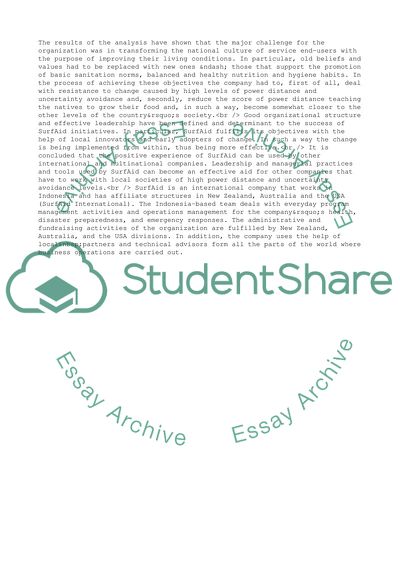Cite this document
(SurfAid as of an Organization Term Paper Example | Topics and Well Written Essays - 2090 words, n.d.)
SurfAid as of an Organization Term Paper Example | Topics and Well Written Essays - 2090 words. Retrieved from https://studentshare.org/business/1751882-culture-framework
SurfAid as of an Organization Term Paper Example | Topics and Well Written Essays - 2090 words. Retrieved from https://studentshare.org/business/1751882-culture-framework
(SurfAid As of an Organization Term Paper Example | Topics and Well Written Essays - 2090 Words)
SurfAid As of an Organization Term Paper Example | Topics and Well Written Essays - 2090 Words. https://studentshare.org/business/1751882-culture-framework.
SurfAid As of an Organization Term Paper Example | Topics and Well Written Essays - 2090 Words. https://studentshare.org/business/1751882-culture-framework.
“SurfAid As of an Organization Term Paper Example | Topics and Well Written Essays - 2090 Words”, n.d. https://studentshare.org/business/1751882-culture-framework.


